Learn about brick installation methods
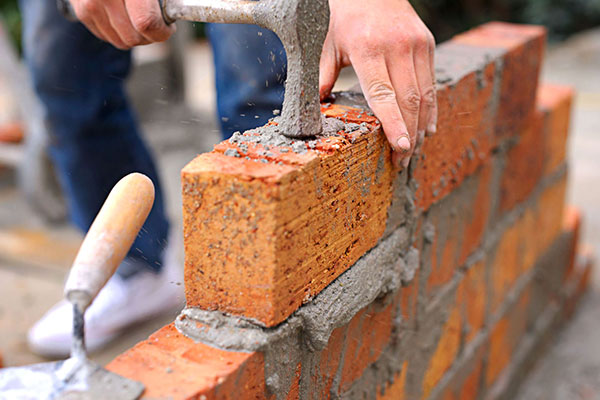
Brick facade installation methods include three general categories that have been comprehensively discussed in this article. Each of these methods has its advantages and disadvantages and is chosen based on tastes, application, time, and budget.
- Implementing a brick facade with cement mortar
- Implementing a brick facade with adhesive
- Implementing a brick facade using a dry method
Building facade As discussed in detail in the article, What effect does building facade and urban landscape have on the mental health of society? It is one of the most important elements of the urban landscape and a factor affecting city residents. Therefore, paying attention to it and implementing principles with high-quality materials are essential measures to improve the health of citizens.
Among the many building facades that can be seen, the brick facade is one of the most beautiful and has maintained its deep connection with authentic Iranian architecture and the people of this land from the past to the present. That is why we see these popular and lovely facades in every part of Iran.
In addition to their extraordinary appearance, brick buildings offer many benefits to people. But if we were to mention one of the most prominent ones here, brick is an attractive material for every style and taste and for use in every region and every climate, a product to offer.
But an important point that people sometimes overlook is that by choosing a quality brick, they have only gone half way, and the continuation of the path is to implement and install it properly and ultimately achieve a pleasant appearance. In other words, taking advantage of the positive features of this building material, in addition to being sensitive in its selection, is also subject to its proper implementation.
Here we will discuss these methods and their details as a guide for a more considered choice for you. So, stay with us until the end of this article.
Installing Brick Façade with Cement Mortar
The oldest method of implementing brick facades that has been used from the past to the present is with cement. This method is so well-established that some people are still unfamiliar with other methods and imagine the image of bricks only next to mortar and consider the two inseparable. For this reason, many still prefer this traditional method to other methods because they trust it more in terms of resistance and other items.
In the following, we will get to know some of these cases and the reasons why people are interested in this method of facade construction.
- Suitable for leveling and covering defects in many buildings
- Creating a strong bond between the facade and the brick
- No need for precise and complex engineering calculations
- Affordable
Given these advantages, as mentioned earlier, the disadvantages listed below also apply to the method of installing facade bricks with mortar, which must be known before making a choice because in some cases it leads to disruption in the implementation process.
- Its implementation time is longer than other methods because the mortar and cement used in it need more time to dry.
- The amount of waste and scrap left from this method is higher than other methods.
- This method, if not done delicately, makes the facade dirty.
- Using mortar to install bricks, the weight of the facade increases significantly, and this is a major weakness for this method.
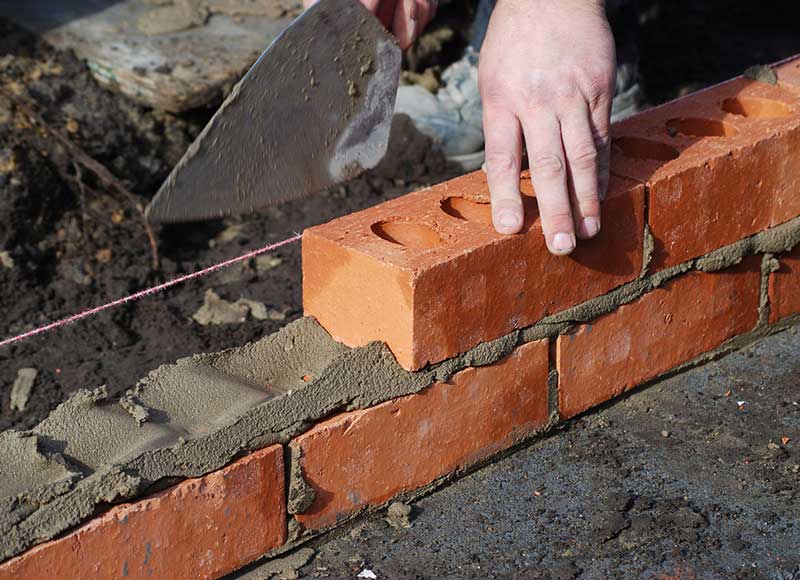
Despite these disadvantages, this method is a good option for those who are looking to implement their brick facade at a reasonable price but do not have time constraints.
Installing brick facade with glue
The second method used to implement brick facade is using special glues that are used to connect various materials such as tiles, stones, bricks, etc. This product is initially in powder form and is applied dry.
In this method, the adhesive used acts like an elastic material and neutralizes the impacts and vibrations to the building and facade. Therefore, it increases the resistance of the facade and the wall under the facade. Therefore, it is a good option in terms of providing sufficient safety. So it is very similar to the previous method and only the adhesive has replaced the mortar.
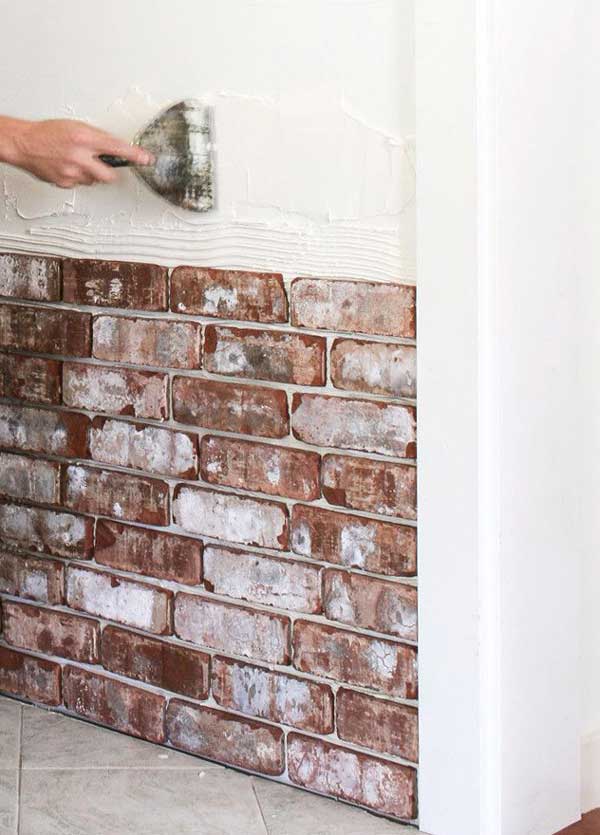
Installing facade bricks with adhesive
With this method of implementation, the adhesive is simply applied under the brick, but two important points should be noted:
- No part of the lower surface of the brick is left without adhesive and it is completely adhered.
- The jointing should be done carefully and delicately and in a principled manner, because otherwise water will penetrate under it from the seams and will freeze in the cold seasons and eventually the brick will be torn off the facade.
Do not forget that in order to implement this method of implementing a facade brick, “cement plaster” must first be applied to the wall where the brick is installed.
The question that arises here is: What is cement plaster?
Plaster is a type of coating layer that is added to walls to increase protection. Plaster is divided into three general categories, the uses of which differ according to their purpose and application.
- Cement base
- Gypsum base
- Lime base
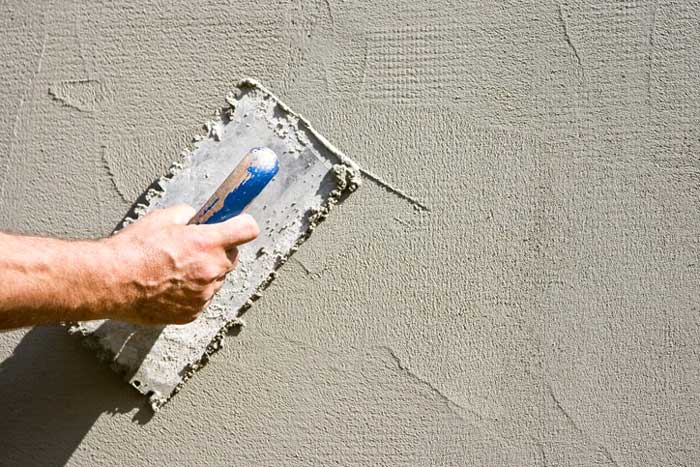
Cement plaster is a mortar composed of cement, clean sand, and water, and it helps increase the strength of the wall, prevent moisture penetration, and reduce cracking. This plaster covers the pores and cracks in the walls and is also used in humid environments by creating strength. For this reason, this coating layer is created under the adhesive.
This method also has its supporters and is more expensive than the previous method but more economical than the next method. If you intend to use this method, be sensitive in choosing the adhesive and check its quality. Because with poor-quality adhesive, you will not have a pleasant and lasting appearance.
Installing brick facades in a dry way
The third method is to implement a brick facade in a dry way. This method, which is also the newest and most common method, is particularly popular due to its special advantages over other methods. For many people, this method is still unknown, and for others, it is not reliable because they are not confident enough in its safety and durability. If you are one of these people, do not worry because this method has passed the test of durability and quality since it was introduced to Iran.
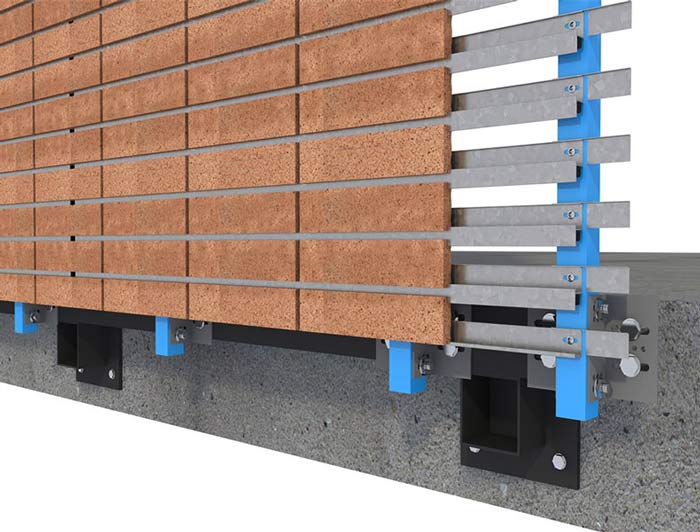
No mortar or adhesive is used in this method, but it does contain certain components. Let’s get acquainted with this modern method together.
- Retaining frame (which itself acts as a template for the facade)
- Special metal connections and rails (which are responsible for holding the bricks)
- Thermal insulation
- Empty space for ventilation
According to the aforementioned components, the dry facade implementation method is carried out using a retaining metal structure that is responsible for connecting the shell to the structure and bearing the load. This structure, which is usually made of steel or galvanized, has high resistance and strength against stresses caused by earthquakes, wind and temperature changes. This reason leads to an increase in the lifespan of the building.
The steps of the work are as follows: first, a thermal insulator is attached to the wall with glue. Then, a structure that serves as a retaining frame is placed on it so that the bricks can be installed on it with a distance. This empty space that is created between the insulator and the facade acts as another insulator and is very suitable for preventing energy loss. After these steps, the bricks are placed side by side on the frame with a gap.
Advantages of dry brick facade installation
As previously stated, each of the methods mentioned has its own advantages and each person chooses one of them according to their needs. Below, learn about the positive points of the dry method.
- The speed of installation is very high due to the use of ready-made equipment.
- This method significantly reduces the weight of the facade.
- It can be installed on any arch, dome, and any type of wall with any structure.
- The brick surface is free from any contamination because this method is so-called “dry” and there is no mortar that can make the facade dirty.
- Due to the lack of mortar and consequently the lack of moisture, the possibility of mildew and dandruff appearing on the brick surface in this method is very low.
- This method is very suitable for preventing water waste because it is implemented dry.
- In implementing a brick building facade using the dry method, it is easy to assemble and disassemble the bricks until the desired state is reached without damaging the facade.
- The dry facade implementation method also acts as a type of sound insulation.
- It is possible to connect bricks with other types of facades such as stone and glass, etc. in this method.
- Unlike the two methods mentioned earlier, this method produces very little waste and debris.
Of course, the cost of implementing this method is higher than other methods, which is justified given the sophistication and special equipment used in it.
In general, the principle of dry brick systems is designed based on green and sustainable buildings, and for this reason, bricks are a popular material for environmentalists.
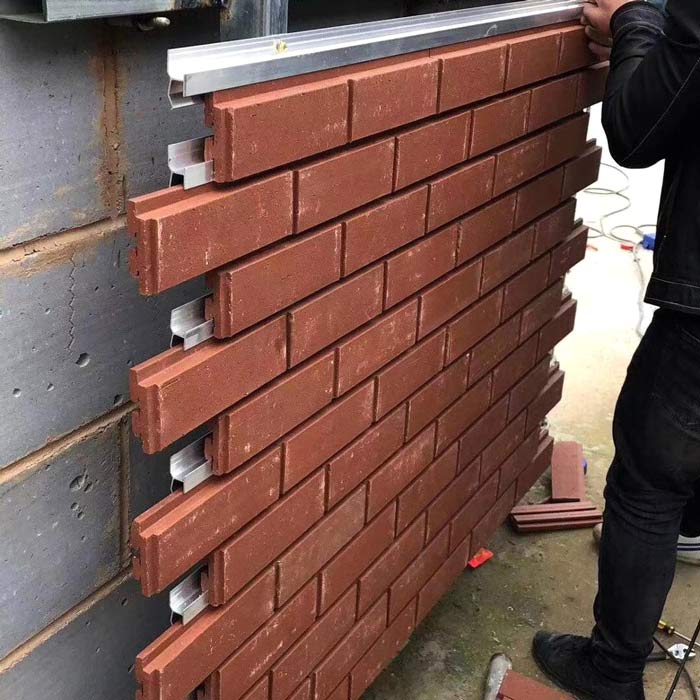
Summary
By reading this article, we learned that each of these methods of implementing a brick facade of a building has its own advantages. For example, the method of implementing a dry brick facade is very suitable for preventing energy waste, or with this method the facade becomes lighter in weight. In some cases, these methods are chosen based on taste and according to the available facilities such as budget and available time.






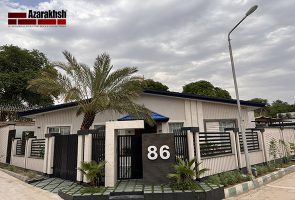
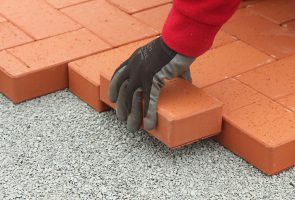

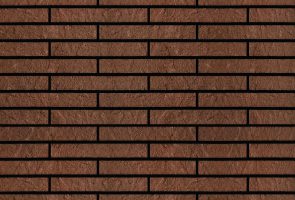
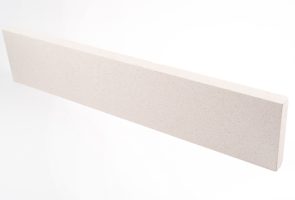
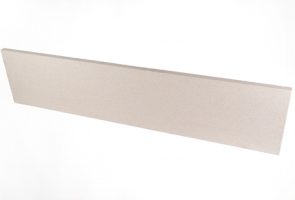

Comments
Your feedback is important to us. Please share comments or ask questions you haven’t found the answer to yet.